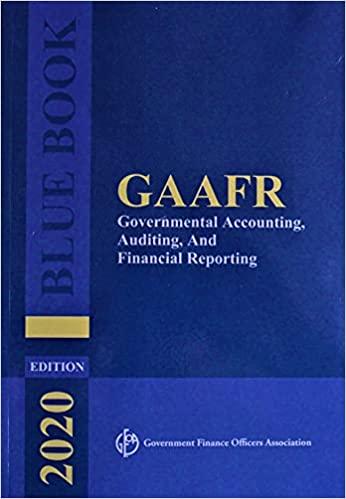Question
Problem 1 (40 Points) Big Company acquired 100 percent of Small Company's voting stock on January 1, 2011, by issuing 10,000 shares of its $10
Problem 1 (40 Points)
Big Company acquired 100 percent of Small Company's voting stock on January 1, 2011, by issuing 10,000 shares of its $10 par value common stock (having a fair value of $14 per share). As of that date, Small had stockholders' equity totaling $105,000. Land shown on Small's accounting records was undervalued by $10,000. Equipment (with a 5-year remaining life) was undervalued by $5,000. A secret formula developed by Small was appraised at $20,000 with an estimated life of 20 years.

Following are the separate financial statements for the two companies for the year ending December 31, 2015. There were no intra-entity payables on that date. Credit balances are indicated by parentheses.
Required: Using Excel
- Prepare an Allocation of Acquisition-Date Fair Value Schedule.
- Determine annual excess amortization amounts.
- Explain how Big Company determined the $66,000 amount for subsidiary earnings.
- Prepare a worksheet to consolidate the financial statements.
Questions
Answer the following questions using complete sentences and appropriate grammar.
- When a parent company uses the equity method to account for an investment in a subsidiary, why do both the parent's Net Income and Retained Earnings account balances agree with the consolidated totals?
- Several years ago, Jenkins Company acquired a controlling interest in Lambert Company. Lambert recently borrowed $100,000 from Jenkins. In consolidating the financial records of these two companies, how will this debt be handled?
Step by Step Solution
There are 3 Steps involved in it
Step: 1

Get Instant Access to Expert-Tailored Solutions
See step-by-step solutions with expert insights and AI powered tools for academic success
Step: 2

Step: 3

Ace Your Homework with AI
Get the answers you need in no time with our AI-driven, step-by-step assistance
Get Started


